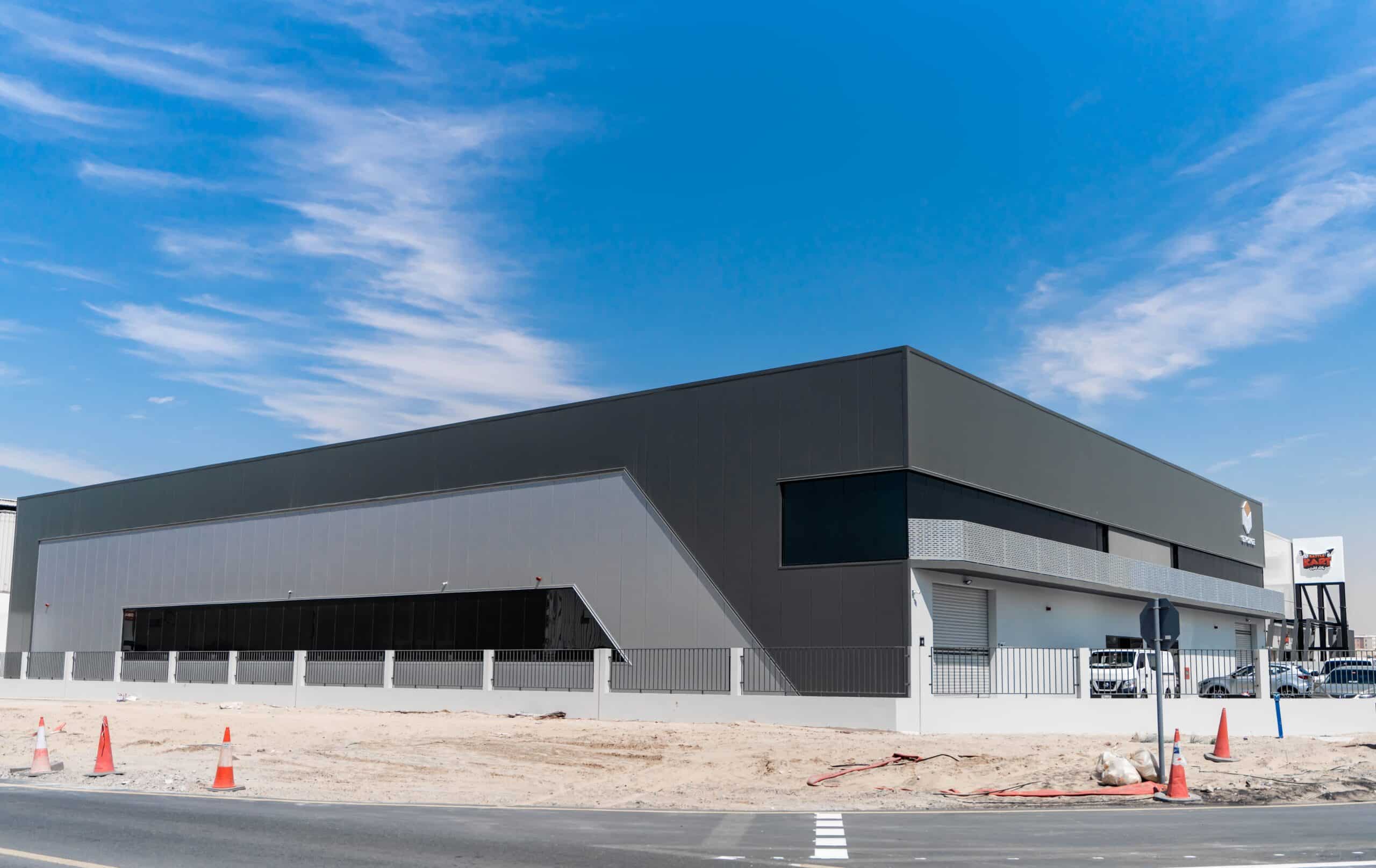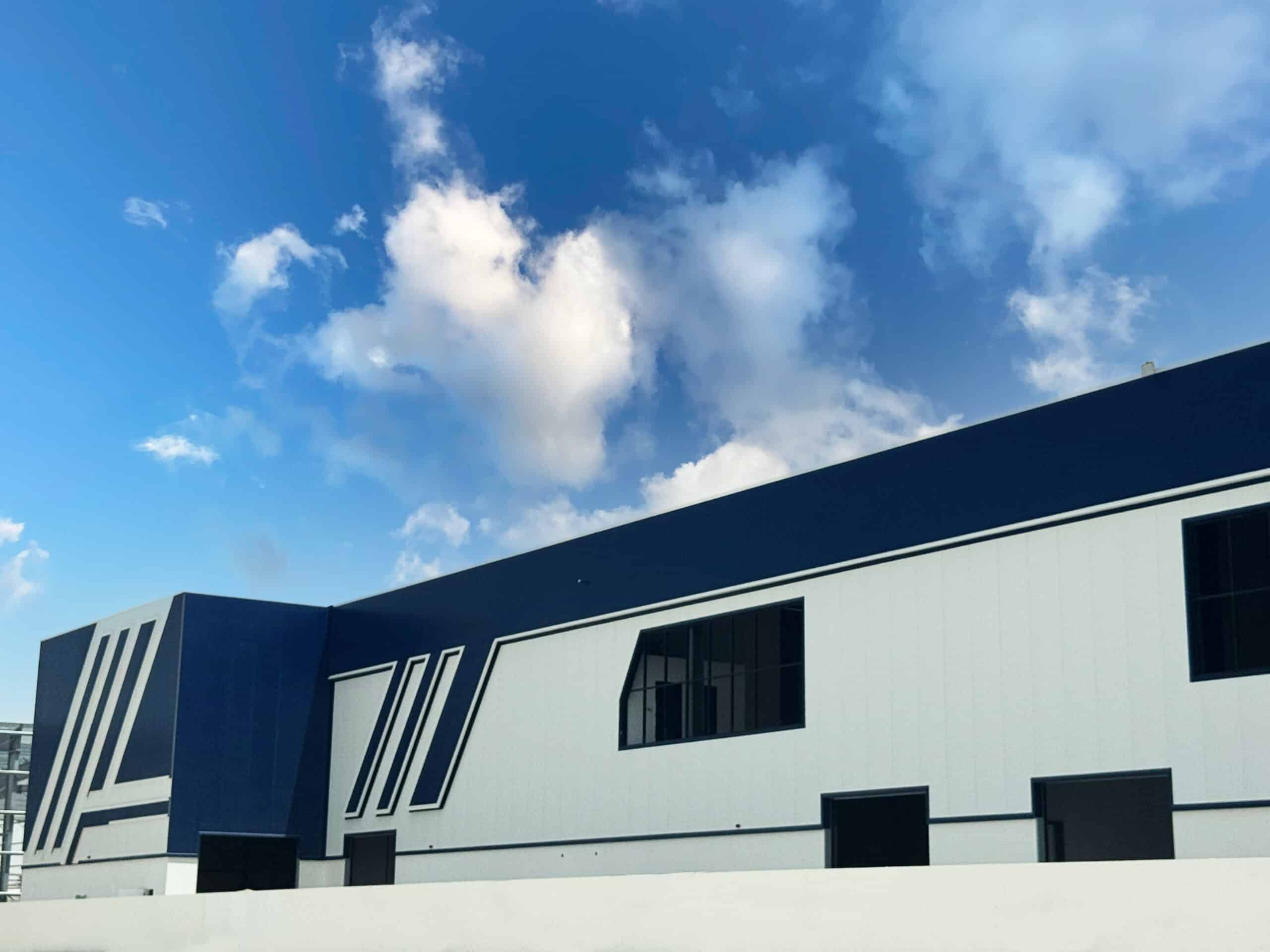Introduction – MEP Full Form
In today’s fast-evolving construction industry, especially across regions like the UAE where smart cities and sustainable infrastructure are rapidly taking shape, understanding the MEP full form is more crucial than ever. Standing for Mechanical, Electrical, and Plumbing, MEP represents the trio of systems that transform a structural shell into a functional, livable environment.
These systems don’t just provide comfort—they drive energy efficiency, safety, and long-term operational performance. According to the International Energy Agency, buildings account for nearly 30% of global energy consumption, with heating, cooling, lighting, and water systems making up the majority of that use (IEA). In climates like the Middle East’s, where cooling loads are especially high, integrating well-designed MEP systems can dramatically reduce both energy usage and costs.
Whether it’s optimizing HVAC systems in a high-rise, embedding CCTV and smart electrical controls in a commercial space, or installing water-saving plumbing in a residential tower, the role of MEP engineers is foundational. In this article, we’ll explore what is the full form of MEP, its critical applications in construction, and how it supports wider goals in green energy, steel construction, and urban innovation across the Emirates.
What is the Full Form of MEP?
The full form of MEP is:
M – Mechanical
E – Electrical
P – Plumbing
Each discipline covers essential systems that make buildings habitable and efficient:
- Mechanical: Includes HVAC (Heating, Ventilation, and Air Conditioning) for thermal comfort and air quality.
- Electrical: Covers lighting, power distribution, fire alarms, IT integration, and backup systems.
- Plumbing: Ensures water supply, waste disposal, storm drainage, and fire suppression.
Together, MEP design prevents costly clashes between systems and ensures streamlined installation and operation, especially in MEP full form in construction for commercial, residential, and industrial buildings.
Read our guide: What Is The Meaning of MEP In Construction
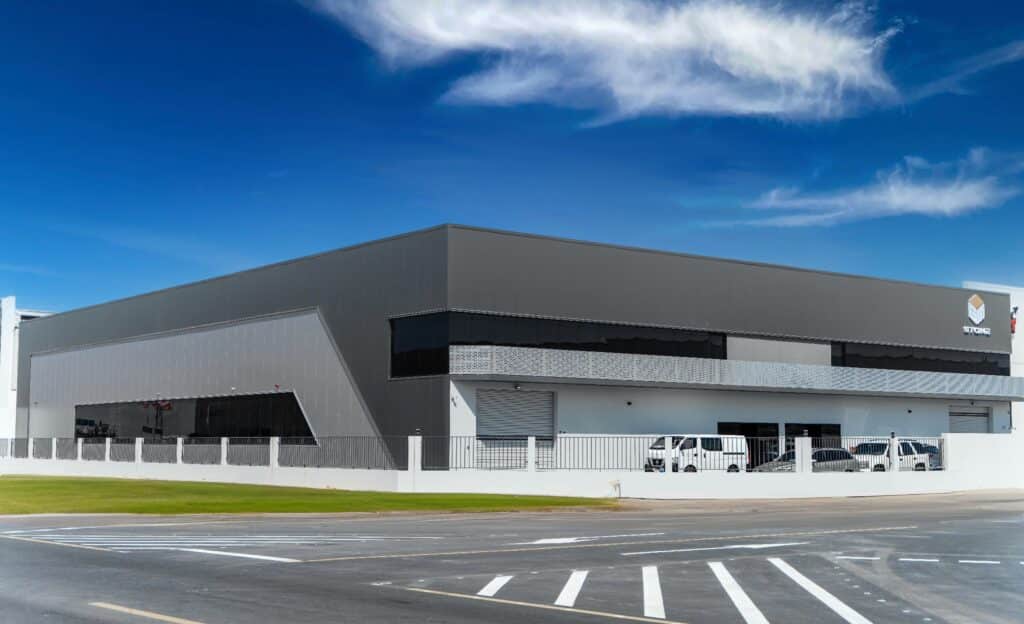
Why MEP is Essential for Building Design
Mechanical Systems: Comfort and Efficiency
The mechanical aspect of MEP typically refers to HVAC systems, which maintain indoor climate control. This is especially critical in UAE’s hot desert climate, where buildings require powerful cooling systems and energy-efficient ventilation.
Key elements:
- Heating & Cooling Loads
- Ductwork & Ventilation Design
- Air Quality Control
- Energy Recovery Systems
- Thermal Storage & Displacement Ventilation
Modern mechanical designs favor geothermal pumps, chilled beams, and underfloor air distribution—technologies ideal for green energy strategies.
Read our guide: How Do Green Buildings Save Energy
Electrical Systems: Power and Control
Electrical systems provide power to all equipment, lighting, and appliances within a building. In smart city projects, MEP electrical engineering is closely tied to:
- LED lighting with automated controls
- Onsite renewable generation (e.g., solar panels)
- CCTV systems and access control
- Low voltage cabling for IT and telecom
For example, powering a steel fabrication plant in Dubai requires a robust three-phase electrical system, integrated early in the design phase to avoid infrastructure bottlenecks.
Read our guide: What Is A Smart City
Plumbing Systems: Water, Waste, and Safety
Plumbing systems deal with:
- Potable water
- Sanitary and storm waste
- Fire sprinkler systems
- Fuel and gas piping
- Water recycling and conservation
In the UAE, water scarcity demands efficient plumbing designs such as greywater systems, low-flow fixtures, and rainwater harvesting—vital for sustainable construction.
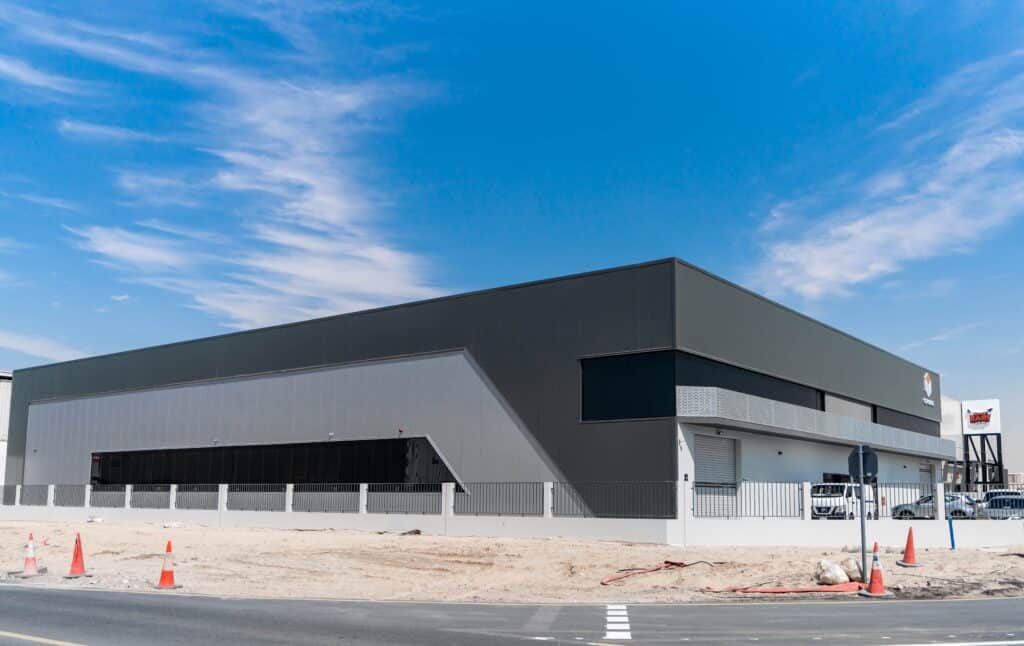
Common MEP Services in the UAE
The MEP works full form takes on added significance in the UAE, where construction projects are large-scale, energy-intensive, and often technologically advanced.
HVAC Engineering for Hot Climates
Designing for high temperatures requires:
- Zoning and load calculations
- Passive cooling techniques
- Free cooling systems
- Solar-assisted HVAC units
Dubai and Abu Dhabi skyscrapers often feature double-skin façades and underfloor cooling, which are integrated with the building’s steel construction framework.
Electrical Engineering and Smart Infrastructure
Smart buildings demand:
- Energy-efficient power layout
- Automated lighting and controls
- Uninterruptible Power Supplies (UPS)
- Integration of CCTV, alarms, and smart sensors
Buildings aligned with smart city initiatives depend heavily on the electrical portion of MEP to support real-time monitoring and smart grid readiness.
Plumbing with Water Conservation in Mind
Key innovations include:
- Dual plumbing systems for greywater reuse
- Smart meters for water tracking
- Low-flow plumbing fixtures
- Vacuum drainage systems
These systems align with the green energy goals in national visions like UAE Vision 2030, targeting sustainability and innovation in public infrastructure.
How MEP Supports Smart Cities and Green Energy
In a smart city, buildings are expected to “talk” to each other through sensors and automation. MEP design enables this by:
- Connecting HVAC systems to weather and occupancy data
- Allowing electrical systems to switch to solar energy when conditions permit
- Automating plumbing to detect and respond to leaks or overuse
Moreover, MEP engineers play a role in energy modeling and LEED consulting, helping projects attain green building certifications. The use of thermal imaging, IoT, and digital twins has made MEP a strategic discipline in sustainable urban planning.
Read our guide: How Does Green Energy Work
Integrating MEP with Steel Construction and Steel Fabrication
Structural Considerations
Steel-framed buildings require careful coordination between structural and MEP systems. MEP engineers work with architects and steel fabricators to:
- Route large ducts and conduits efficiently
- Embed support brackets within the steel frame
- Prevent clashes between HVAC systems and steel beams
Read our guide: MEP Engineer Job Responsibilities
CCTV and Communication Systems
Security and surveillance systems, especially CCTV, are a vital part of modern electrical design. MEP professionals ensure:
- Proper placement for optimal coverage
- Uninterrupted power supply
- Data integration into the building’s IT network
These systems must align with MEP full form in construction, as security is no longer a post-installation feature but part of core building design.
Read our guide: What Is CCTV
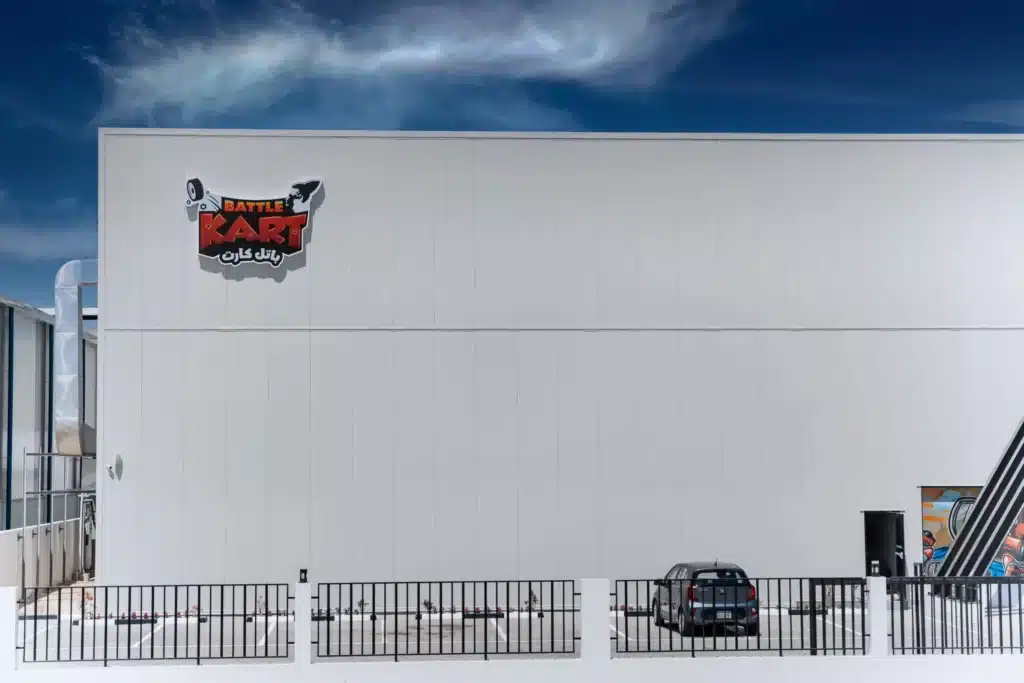
MEP Design Best Practices: Collaboration & 3D Modeling
Modern MEP design relies on 3D BIM (Building Information Modeling) software to:
- Detect and resolve design conflicts
- Integrate mechanical, electrical, and plumbing into one coordinated model
- Optimize material usage
- Speed up construction through prefabrication
This is especially valuable in steel fabrication environments, where prefabricated MEP components are embedded directly into steel modules. Such integration reduces waste, accelerates timelines, and supports smart building practices.
Conclusion – MEP Full Form
The MEP full form—Mechanical, Electrical, and Plumbing—represents more than just three technical fields; it encapsulates the essential systems that bring buildings to life. As the UAE accelerates its push toward smart city development, green energy integration, and advanced steel construction, MEP engineering stands at the forefront of innovation. Especially when using Steel Frame Construction Companies such as MSH that are knowledgeable.
From managing climate control in desert environments to powering intelligent lighting and ensuring efficient water use, MEP engineers design the systems that make buildings comfortable, safe, and sustainable. These systems aren’t just interconnected—they’re interdependent. A well-executed MEP plan saves energy, avoids costly redesigns, and improves long-term performance.
Incorporating CCTV, automation, and energy-efficient technologies, MEP design continues to evolve alongside digital tools like 3D modeling and BIM. As construction projects grow in complexity, especially in the UAE’s high-tech and high-rise landscape, understanding what is the full form of MEP and how it applies to modern infrastructure is critical for engineers, developers, and investors alike.
By placing MEP at the center of your project strategy, you’re not just building structures—you’re shaping the future of smart, sustainable living.
